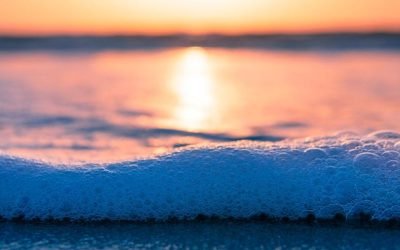The roof is the first and foremost element of any home, providing shelter and protection from the elements. When it comes to safeguarding your investment and ensuring the longevity of your home, choosing the right roofing material is paramount. One essential factor to consider is waterproofing, as water damage can wreak havoc on a property. In this article, we will explore some of the best waterproof roofing options for your home, combining durability, aesthetics, and effective water resistance.

Asphalt Shingles
For many leading roofing companies, including Appleton Roofing Company, asphalt shingles are one of the most popular roofing materials due to their affordability and versatility. They come in various styles and colors, allowing you to customize the appearance of their roofs.
Asphalt shingles are also known for their water-resistant properties, thanks to their overlapping design that effectively sheds water away from the roof. Additionally, asphalt shingles are easy to install, making them a cost-effective and efficient choice for waterproof roofing.
Metal Roofing
Metal roofing has gained popularity for its durability and resistance to various weather conditions. Materials like steel, aluminum, and copper are commonly used for metal roofs. The interlocking panels and tight seams in metal roofing provide excellent water resistance, preventing leaks and water infiltration. Metal roofs are also known for their longevity, often lasting 50 years or more, and their reflective surface helps to keep homes cooler by reflecting sunlight, reducing energy costs.
Rubber Roofing
Rubber roofing, or EPDM (ethylene propylene diene monomer), is a synthetic material known for its exceptional waterproofing capabilities. EPDM roofs are single-ply membranes that offer superior resistance to water, UV rays, and weathering.
These roofs are easy to install and require minimal maintenance, making them a cost-effective choice for many seeking a durable, long-lasting waterproofing solution. Rubber roofing is particularly well-suited for flat or low-slope roofs.
Clay And Concrete Tiles
Clay and concrete tiles are aesthetically pleasing and provide excellent waterproofing for homes. The natural density and composition of these materials make them resistant to water damage. The overlapping design of the tiles ensures that water is directed away from the roof, preventing leaks.
Clay and concrete tiles also have a long lifespan, often lasting 50 years or more. While these roofing materials may be heavier than others, proper installation ensures their effectiveness in protecting against water infiltration.
Synthetic Slate Roofing
Synthetic slate roofing is an innovative and durable alternative to traditional slate tiles. Made from rubber, plastic, or a combination of materials, synthetic slate roofing offers excellent waterproofing properties without the weight and fragility associated with natural slate.
The interlocking design of the tiles creates a seamless and watertight barrier, providing reliable protection against the elements. You can enjoy the aesthetic appeal of slate without compromising on performance.
Green Roofing Systems
Green roofing systems, also known as living roofs, involve the installation of vegetation on the roof surface. While this option may seem unconventional, it provides effective waterproofing benefits. The vegetation acts as a natural barrier, absorbing and redirecting rainwater while also providing insulation.
Green roofs not only enhance the aesthetic appeal of a home but also contribute to energy efficiency and environmental sustainability. The waterproofing membrane beneath the vegetation ensures protection against leaks.

PVC Roofing
PVC (polyvinyl chloride) roofing is a single-ply membrane system known for its excellent waterproofing capabilities. The heat-welded seams create a seamless and watertight surface, preventing water infiltration.
PVC roofing is resistant to chemicals, UV rays, and punctures, making it a durable option for waterproofing. Additionally, PVC roofs have a reflective surface that helps in reducing energy costs by reflecting sunlight.
Conclusion
Choosing the best waterproof roofing option for your home is an important decision that involves considering various factors. Each roofing material has unique advantages; the ideal choice depends on your needs. Whether you opt for the affordability, durability or the eco-friendly benefits, ensuring effective waterproofing is essential for your home’s long-term health and integrity. Therefore, invest wisely in a waterproof roofing solution to protect your home from the unpredictable forces of nature and enjoy peace of mind for years to come.


